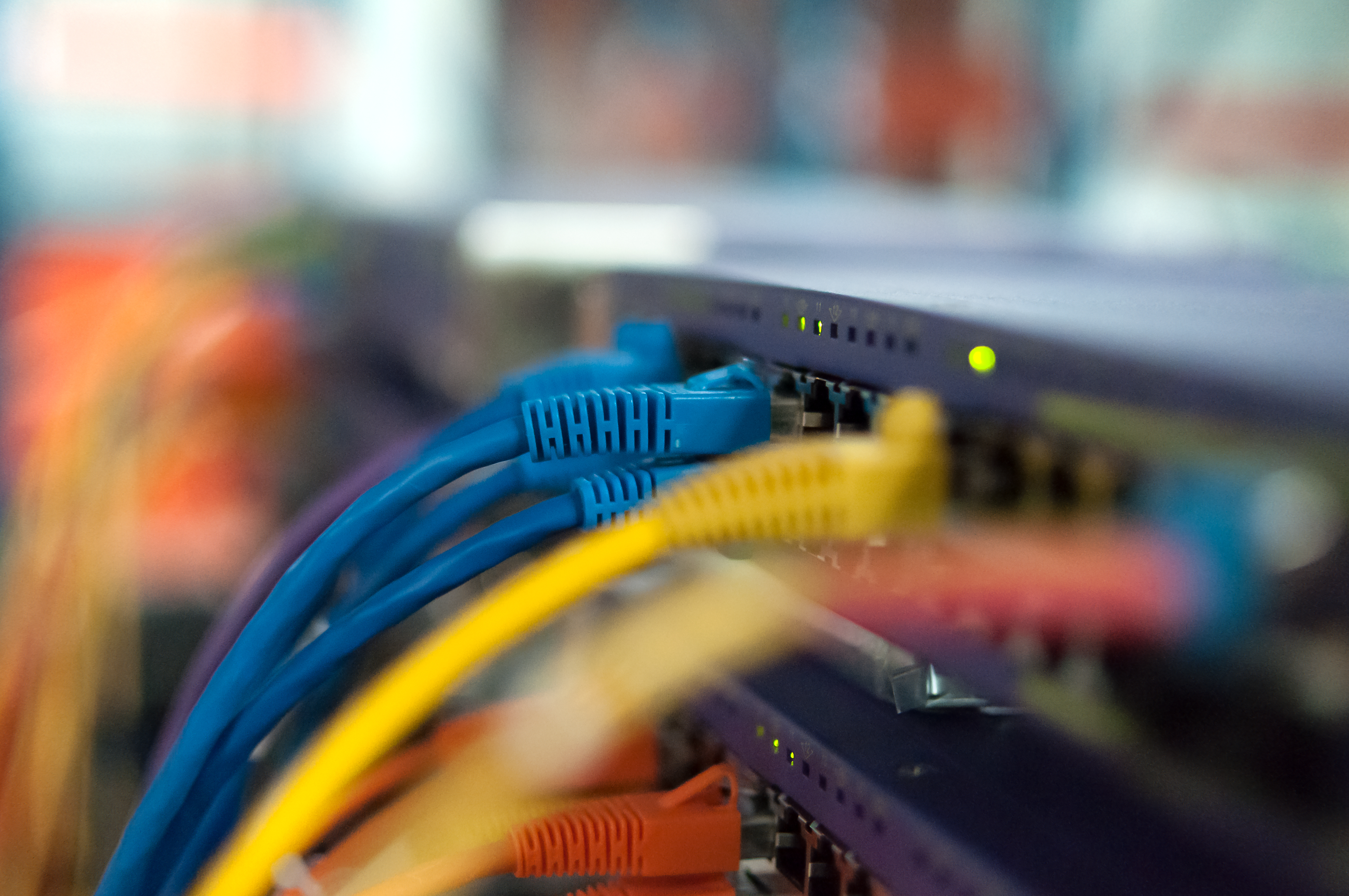INSUBCONTINENT EXCLUSIVE:
Having a slow connection is always frustrating, but just imagine how supercomputers feel
All those cores doing all kinds of processing at lightning speed, but in the end they&re all waiting on an outdated network interface to
So DARPA wants to change it — specifically by making a new network interface a hundred times faster.
The problem is this
As DARPA estimates it, processors and memory on a computer or server can in a general sense work at a speed of roughly 10^14 bits per second
— that comfortably into the terabit region — and networking hardware like switches and fiber are capable of about the same.
The true
bottleneck for processor throughput is the network interface used to connect a machine to an external network, such as an Ethernet,
therefore severely limiting a processor data ingest capability,& explained DARPA Jonathan Smith in a news post by the agency about the
(Emphasis mine.)
That network interface usually takes the form of a card (making it a NIC) and handles accepting data from the network and
passing it on to the computer own systems, or vice versa
Unfortunately its performance is typically more in the gigabit range.
DARPA wants to build an AI to find the patterns hidden in global
chaos
That delta between the NIC and the other components of the network means a fundamental limit in how quickly information can be shared
between different computing units — like the hundreds or thousands of servers and GPUs that make up supercomputers and datacenters
The faster one unit can share its information with another, the faster they can move on to the next task.
Think of it like this: You run an
apple farm, and every apple needs to be inspected and polished
You&ve got people inspecting apples and people polishing apples, and both can do 14 apples a minute
But the conveyor belts between the departments only carry 10 apples per minute
You can see how things would pile up, and how frustrating it would be for everyone involved!
With the FastNIC program, DARPA wants to
&reinvent the network stack& and improve throughput by a factor of 100
After all, if they can crack this problem, their supercomputers will be at an immense advantage over others in the world, in particular
those in China, which has vied with the United States in the high performance computing arena for years
But it not going to be easy.
$600M Cray supercomputer will tower above the rest — to build better nukes
There is a lot of expense and
complexity involved in building a network stack,& said Smith, the first of which will be physically redesigning the interface
&It starts with the hardware; if you cannot get that right, you are stuck
Software can''t make things faster than the physical layer will allow so we have to first change the physical layer.
The other main part
will, naturally, be redoing the software side to deal with the immense increase in the scale of the data the interface will have to handle
Even a 2x or 4x change would necessitate systematic improvements; 100x will involve pretty much a ground-up redo of the system.
The agency
researchers — bolstered, of course, by any private industry folks who want to chip in, so to speak — aim to demonstrate a 10 terabit
connection, though there no timeline just yet
But the good news for now is that all the software libraries created by FastNIC will be open source, so this standard won''t be limited to
the Defense Department proprietary systems.
FastNIC is only just getting started, so forget about it for now and we&ll let you know when
DARPA cracks the code in a year or three.

